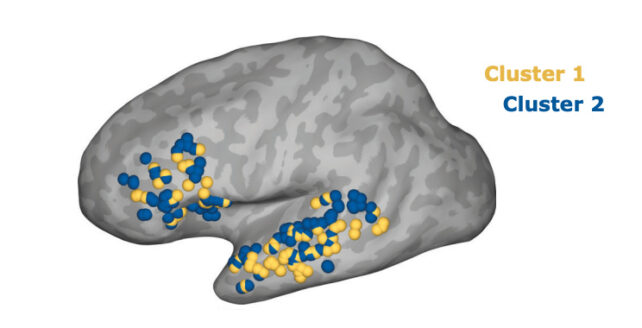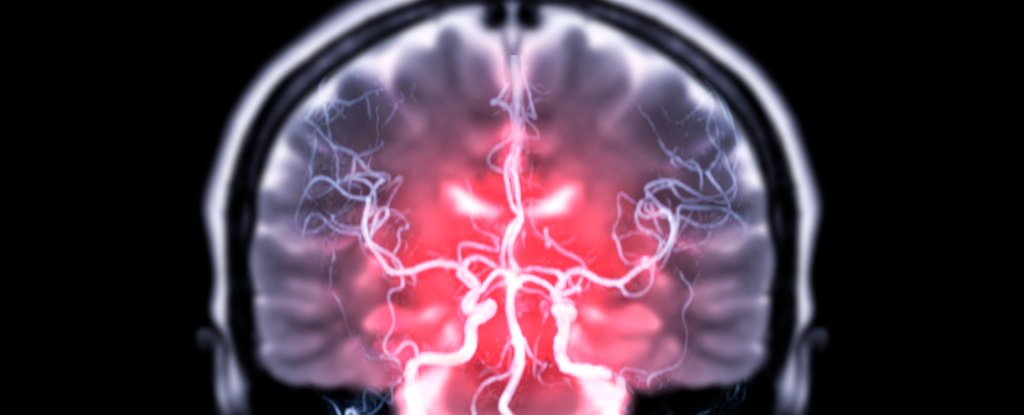Products You May Like
Scientists have discovered how two distinct brain networks interact with one another to help us make meaning out of words and glean complex, higher-level meaning from sentences, like the one you’re reading right now.
“This study helps us better understand how distributed hubs in the brain’s language network work together and interact to allow us to understand complex sentences,” says neuroscientist Oscar Woolnough from the University of Texas Health Science Center at Houston.
While there’s been a lot of research into which brain regions light up when humans read, up until now, we didn’t fully understand how neural circuits within those brain regions worked to help us make sense of words.
The researchers got unprecedented looks into the human brain by studying the brain activity of 36 people who had intracranial electrodes implanted as part of epilepsy treatment.
The team recorded participants’ neural activity in real-time while they read three things: meaningful sentences; a list of words or pseudo words; and sentences that used correct grammar and syntax but were filled with made-up words, which the researchers called ‘Jabberwocky’ sentences.
It became clear that there were two adjacent brain networks that worked both separately and together to make sense of what was being read.
The first network involves the brain’s frontal lobe sending signals to the temporal lobe. This network is activated as a person starts to figure out meaning as they move along a sentence.
The second network uses another part of the brain’s temporal lobe and sends signals back to the frontal lobe, and was more activated by words in a list rather than by reading a whole sentence, which suggests it increases understanding of individual words.

Working together, these networks appear to allow us to understand both individual worlds, and take meaning from whole sentences.
“Our brains are remarkably interconnected, and for us to understand language requires a precise sequence of rapid, dynamic processes to occur in multiple sites all across our brain,” says Woolnough.
The research is important, not just because it’s cool to understand how our brain performs such a fundamental task, but also because there are many people out there who struggle to read or experience disorders such as dyslexia, which affects approximately 15 percent of people in the US.
“Our work is making it clear that most processes – say comprehension or language generation – don’t occur in a single region, but are best understood as very transient states that many separate areas of the brain achieve by very brief, yet critical, interactions,” says senior study author, neurosurgeon Nitin Tandon, also from the University of Texas Health Science Center.
The research has been published in PNAS.
